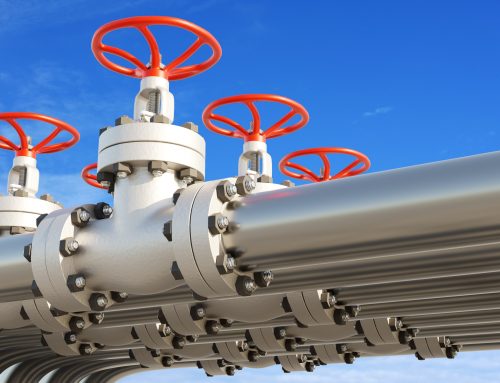The European Commission adopted a strategic long-term vision for a prosperous, modern, competitive and climate neutral economy by 2050 – A Clean Planet for all.
The strategy shows how Europe can lead the way to climate neutrality by investing into realistic technological solutions, empowering citizens, and aligning action in key areas such as industrial policy, finance, or research – while ensuring social fairness for a just transition.
The Vice-President responsible for the Energy Union, Maroš Šefčovič said: “We cannot safely live on a planet with the climate that is out of control. But that does not mean that to reduce emissions, we should sacrifice the livelihoods of Europeans. Over the last years, we have shown how to reduce emissions, while creating prosperity, high-quality local jobs, and improving people’s quality of life. Europe will inevitably continue to transform. Our strategy now shows that by 2050, it is realistic to make Europe both climate neutral and prosperous, while leaving no European and no region behind.”
Commissioner for Climate Action and Energy, Miguel Arias Cañete said: “The EU has already started the modernisation and transformation towards a climate neutral economy. And today, we are stepping up our efforts as we propose a strategy for Europe to become the world’s first major economy to go climate neutral by 2050. Going climate neutral is necessary, possible and in Europe’s interest. It is necessary to meet the long-term temperature goals of the Paris Agreement. It is possible with current technologies and those close to deployment. And it is in Europe’s interest to stop spending on fossil fuel imports and invest in meaningful improvements to the daily lives of all Europeans. No European, no region should be left behind. The EU will support those more impacted by this transition so that everyone’s ready to adapt to the new requirements of a climate neutral economy.”
Commissioner for Transport, Violeta Bulc said: “All transport modes should contribute to the decarbonisation of our mobility system. The goal is to reach net-zero emissions by 2050. This requires a system approach with low and zero emission vehicles, strong increase in rail network capacity, and a much more efficient organisation of the transport system, based on digitalisation; incentives for behavioural changes; alternative fuels and smart infrastructure; and global commitments. All this driven by innovation and investments.”
Following the invitation by the European Council in March 2018, the Commission’s vision for a climate-neutral future covers nearly all EU policies and is in line with the Paris Agreement objective to keep temperature increase to well below 2°C, and pursue efforts to keep it to 1.5°C. For the EU to lead the world towards climate neutralitymeans achieving it by 2050.
The purpose of this long-term strategy is not to set targets, but to create a vision and sense of direction, plan for it, and inspire as well as enable stakeholders, researchers, entrepreneurs and citizens alike to develop new and innovative industries, businesses and associated jobs. We have a strong mandate from our citizens: according to the latest special Eurobarometer (November 2018) 93% of Europeansbelieve climate change to be caused by human activity and 85% agree thatfighting climate change and using energy more efficiently can create economic growth and jobs in Europe. With the vision we are presenting today, the EU can inform others how we can deliver collectively a clean planet and show that transforming our economy is possible and beneficial.
The long-term strategy looks into the portfolio of options available for Member States, business and citizens, and how these can contribute to the modernisation of our economy and improve the quality of life of Europeans. It seeks to ensure that this transition is socially fair and enhances the competitiveness of EU economy and industry on global markets, securing high quality jobs and sustainable growth in Europe, while also helping address other environmental challenges, such as air quality or biodiversity loss.
The road to a climate neutral economy would require joint action in seven strategic areas: energy efficiency; deployment of renewables; clean, safe and connected mobility; competitive industry and circular economy; infrastructure and interconnections; bio-economy and natural carbon sinks; carbon capture and storage to address remaining emissions. Pursuing all these strategic priorities would contribute to making our vision a reality.




